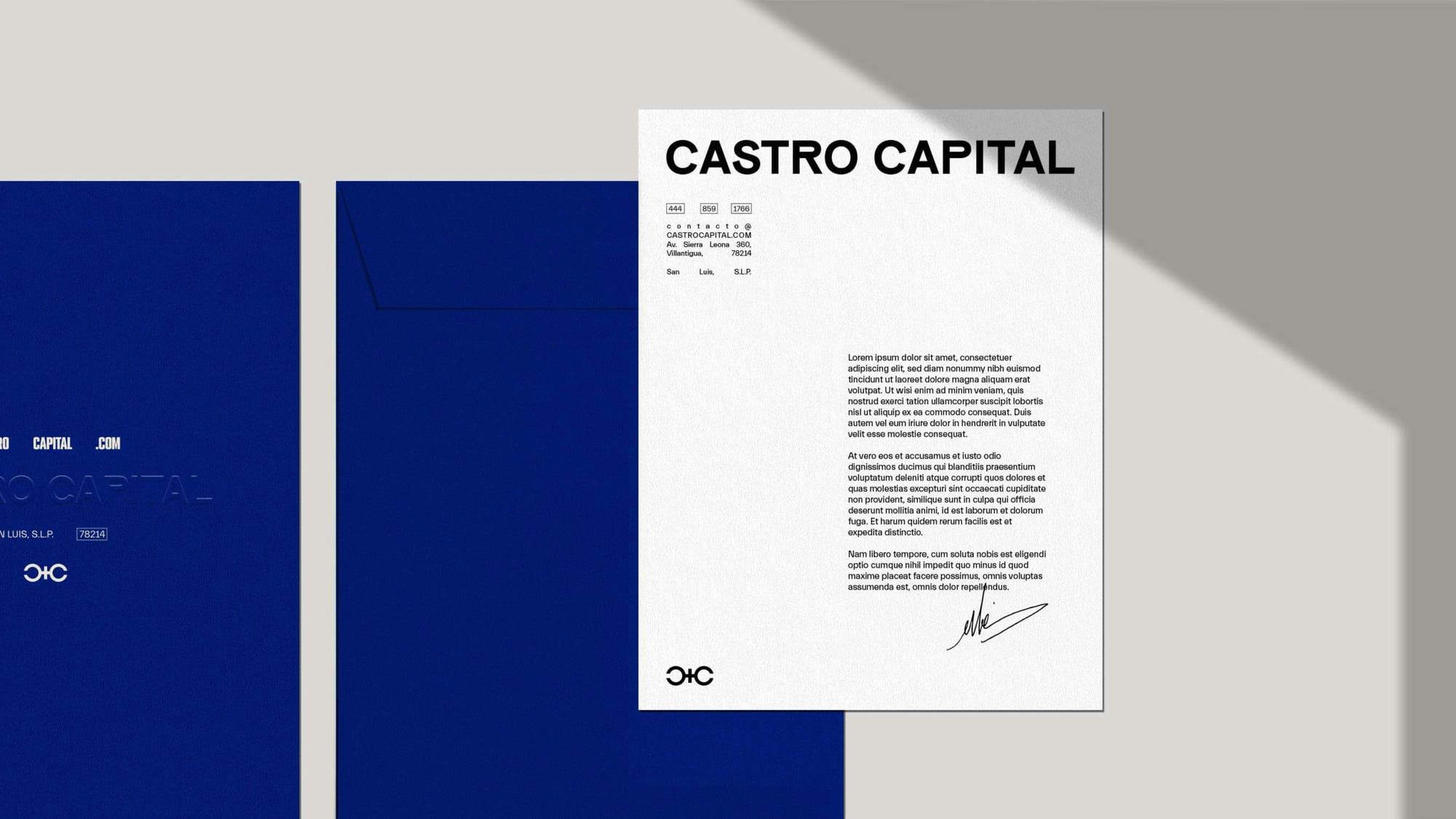Post With Lightbox (Images Zoom)
In 2024, design is poised to embrace sustainability, minimalism, and immersive technologies as key trends.
The distinctions between design, creativity, technology, and sustainability are becoming increasingly blurred.
2024 unfurls as a captivating tapestry of change and rejuvenation, weaving together threads of the past's lessons with the possibilities of the future. As we traverse this unique juncture, it's evident that our world is not merely changing—it's evolving. Our design choices, influenced by rapid technological advances, global challenges, and internal reflections of recent years, are increasingly harmonizing with deeper values, desires, and aspirations. Design, once seen purely as a functional necessity, has transformed into a multidimensional experience—shaped by not just aesthetics, but the stories and memories we curate. This year, a sense of discovery permeates the air, whether it’s in the realm of daily living or the vast, exhilarating world of creative design. As we step deeper into 2024, let’s embark on an exploration of the nuances, narratives, and novelties that will define our times.

Whether it's the visual appeal of everyday objects or the innovative solutions we devise, there’s a vibrant fusion of tradition with innovation, and sustainability with style. The global canvas is filled with new hues, and design enthusiasts and professionals alike find themselves amidst a renaissance of experiences. As we delve deeper, let’s uncover the mosaic of trends and transformations setting the tone for the year.
Sustainability: Beyond Buzzwords to Daily Practice
The design realm of 2024 has embraced an eco-conscious outlook, where sustainable choices are not just admired but expected. Upcycled materials, biodegradable products, and a surge in minimalist design all signal a collective shift towards a future where design is both stylish and sustainable.
Echoing a global desire to tread lightly on the planet
However, sustainability's embrace extends far beyond our immediate surroundings. Homes in 2024 reflect a renewed commitment to the environment, with interiors adorned with sustainable decor, energy-efficient appliances ruling the roost, and a rise in organic home gardens. Furthermore, the modern designer's journey is painted with shades of green. Eco-friendly designs, carbon-neutral projects, and innovations rooted in environmental conservation are becoming the go-to choices, echoing a global desire to tread lightly on the planet.
Connecting with Nature: A Return to Organic Materials
In the midst of our evolving world, a notable trend in 2024 is the rekindling of our relationship with natural materials. Designers are rediscovering the beauty and serenity of organic textures, seeking solace in the embrace of wood, stone, and natural fibers. This year, the call of the wild is stronger than ever.


Click on the image to open a lightbox with zoom capabilities.
Amidst bustling cityscapes and the daily hustle, there's a growing desire to incorporate elements where synthetic materials lose appeal and organic, sustainable choices are favored. Natural retreats, eco-friendly materials, and sustainable design practices have surged in popularity, allowing individuals to disconnect from the artificial and reconnect with the earth.
Digital Innovations: Redefining Design Boundaries
The very essence of design and creative processes has been reimagined this year. With the advent of cutting-edge technologies and a globalized approach to creativity, designers aren't confined to traditional methods or local resources. Digital tools, virtual reality, and AI-driven design processes are becoming the new norm for many. But it's not just the tools that are breaking boundaries; it's also how we choose to conceptualize and execute our ideas.
Design in 2024 is less about following trends and more about setting them. Creatives today are keen on pushing boundaries, be it through exploring unconventional materials or leveraging advanced technology. This search for innovation in design is further enhanced by technological advancements. Augmented reality simulations, AI-driven design suggestions, and virtual collaborations are bridging the gap between the traditional and the futuristic, ensuring designers get the best of both worlds.







Comments